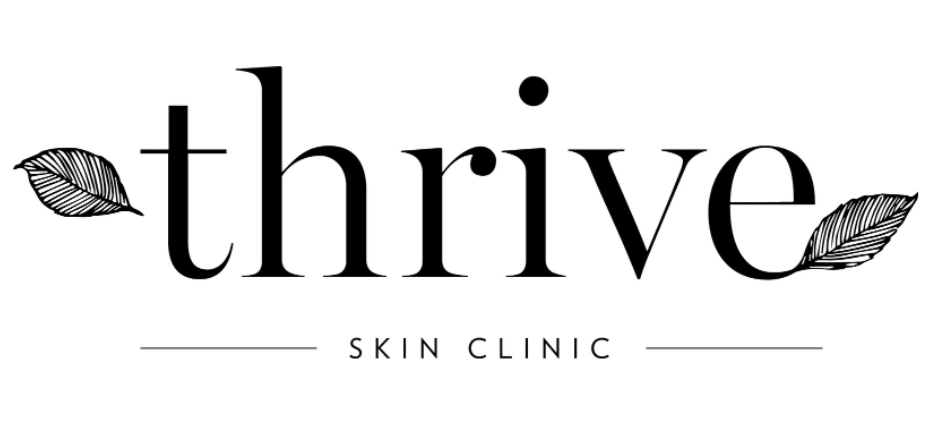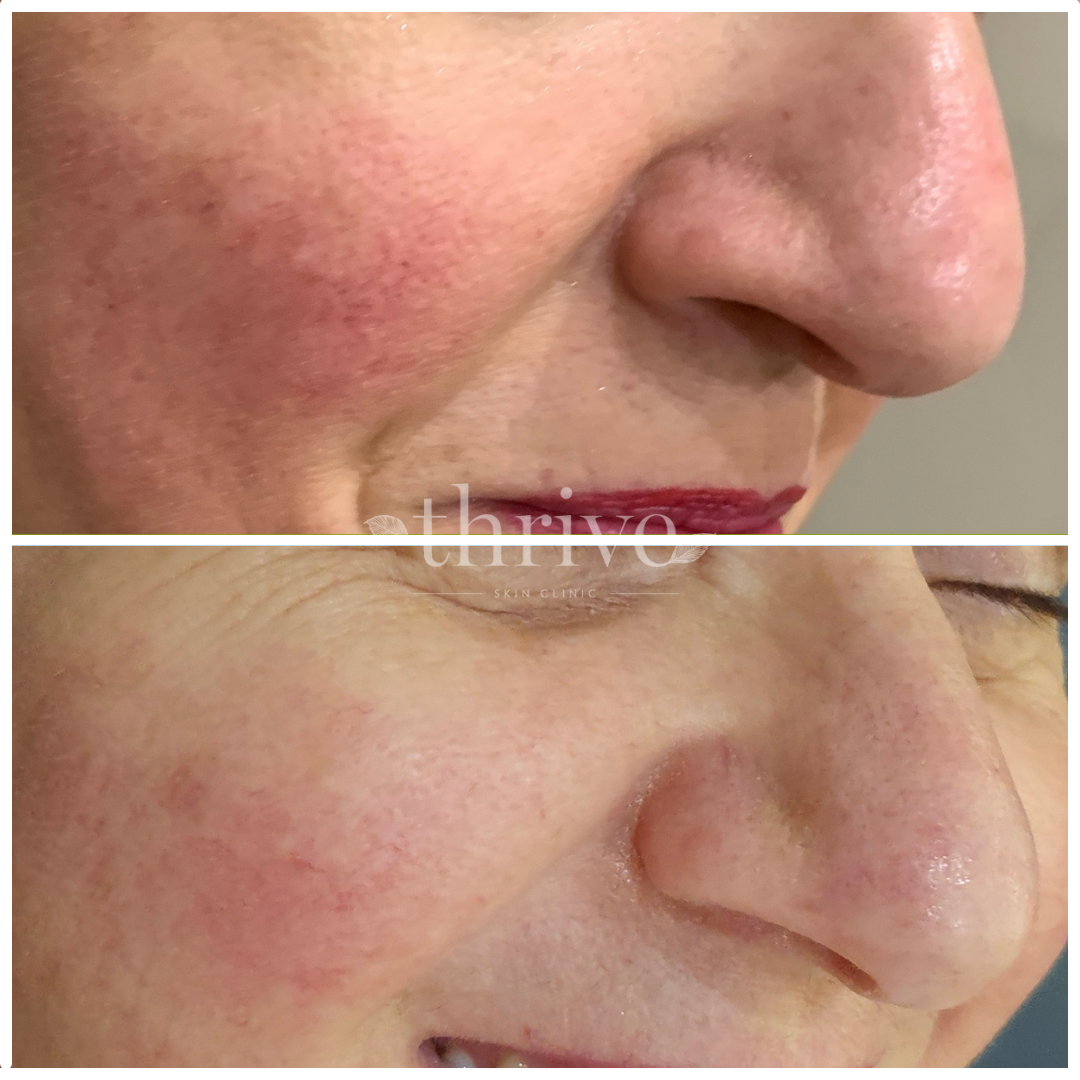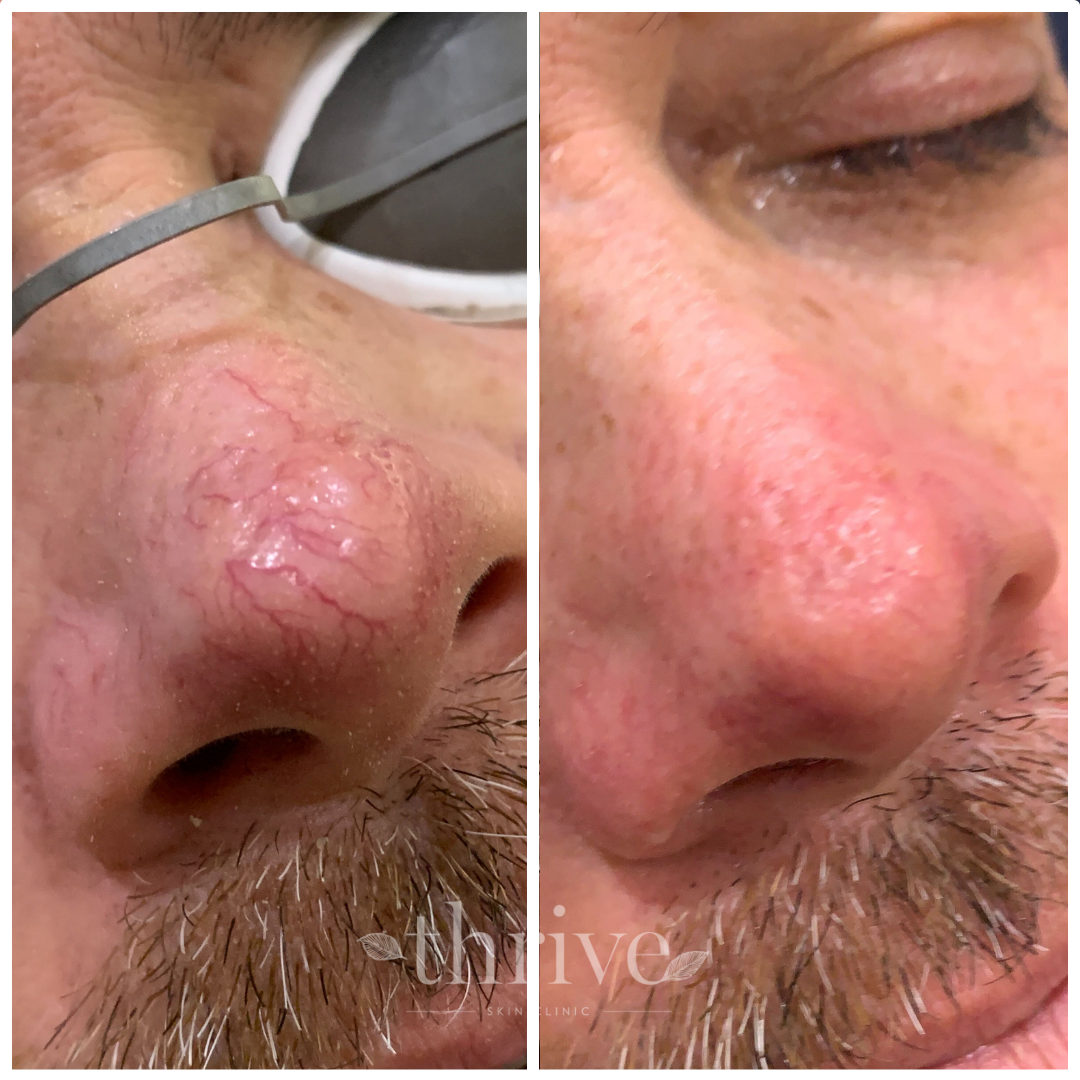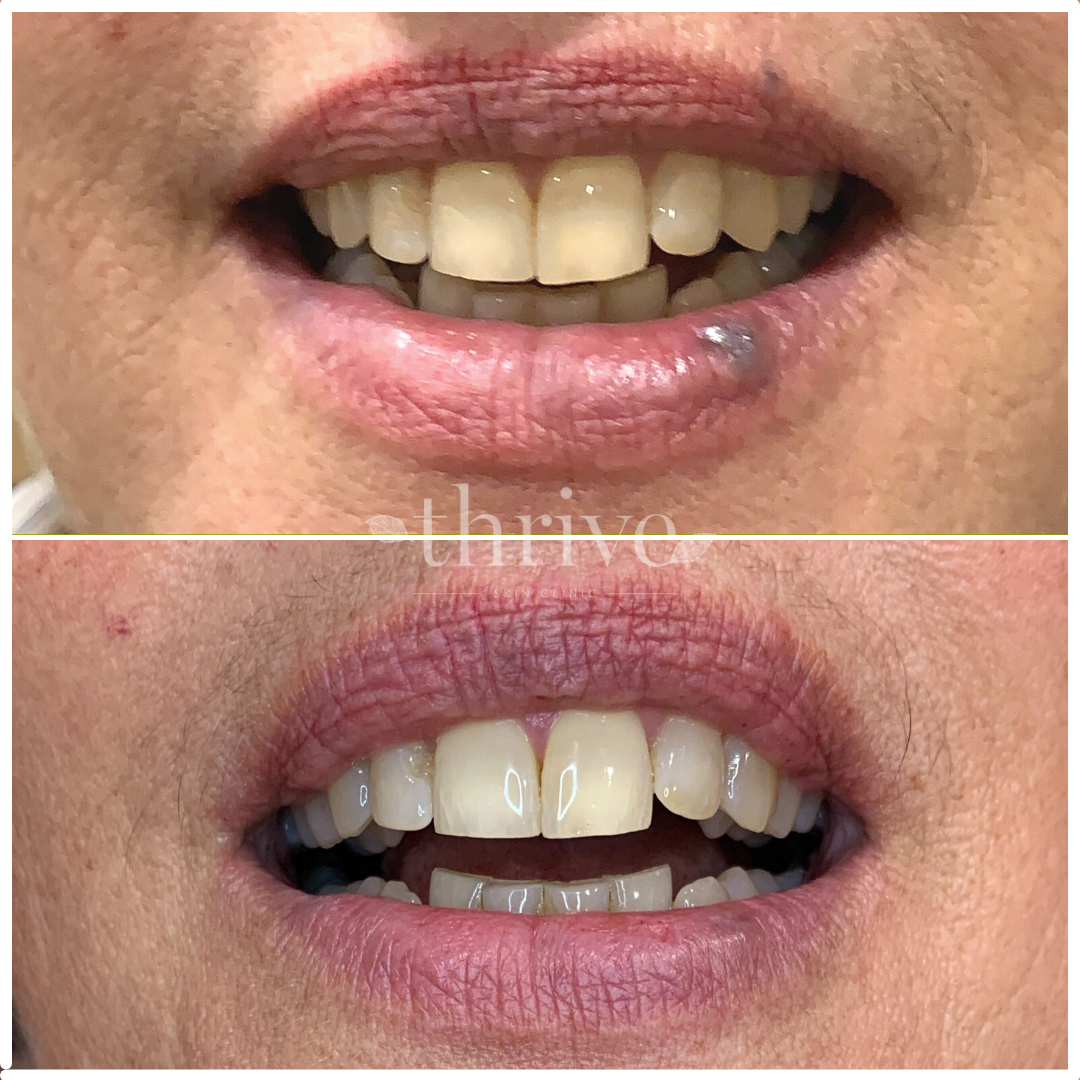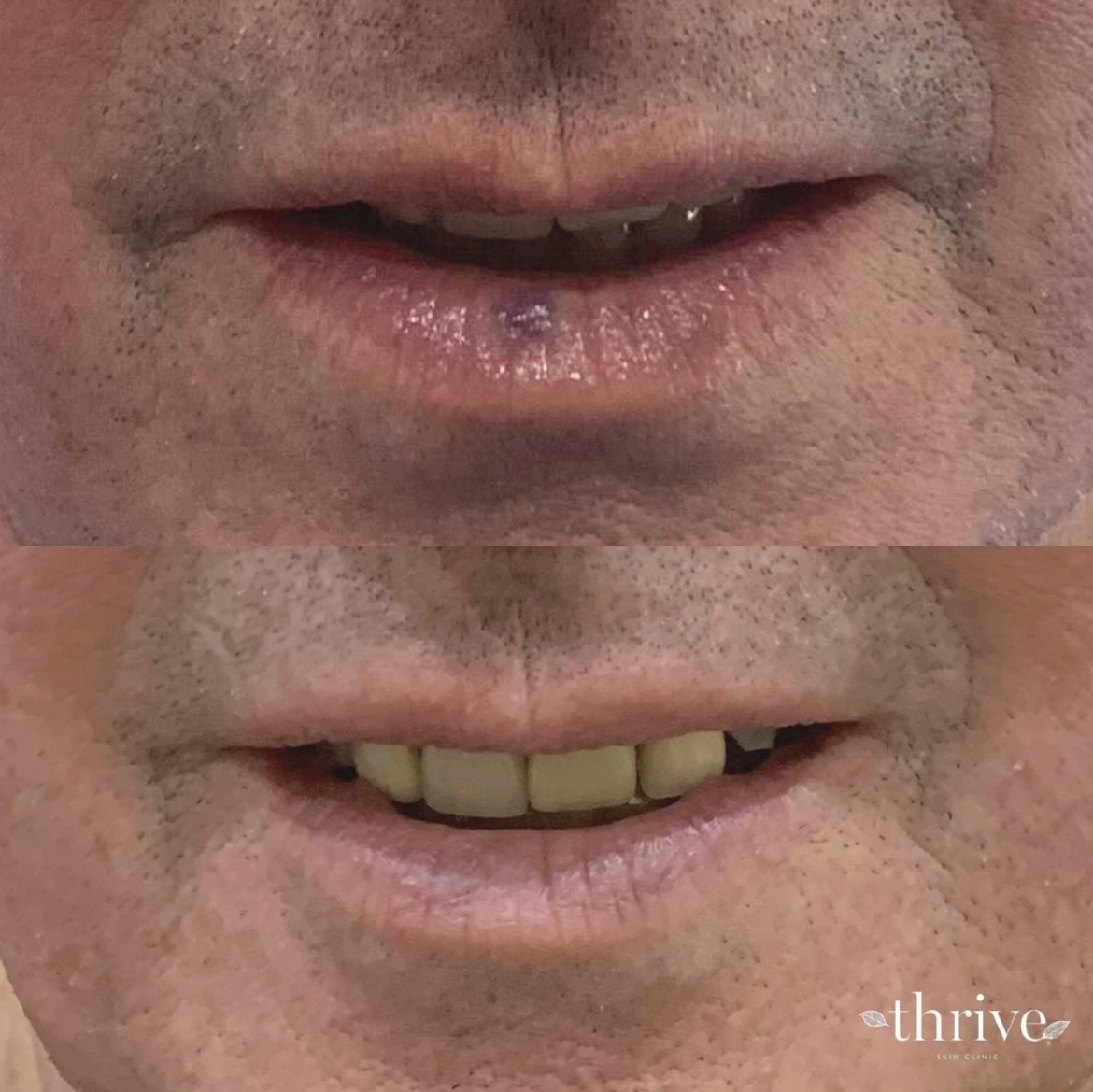Rosacea, Redness & Sensitive Skin
What is rosacea and skin redness? Rosacea, vascular disorders and red sensitive skin are common conditions, and occur due to underlying inflammation and skin barrier dysfunction. The cause of the inflammation is different for each person and due to numerous factors including genetic predisposition, hormonal and gut imbalance, atopy, ethnicity, sun exposure, ageing, underlying medical conditions such as acne or trauma and inappropriate skin care.
What vascular concerns can be treated? Rosacea, generalised redness, dilated capillaries and blood vessels, telangiectasias, angiomas, congenital vascular birthmarks, venous lakes on the lip and general conditions such as sun damaged skin, post inflammatory erythema due to trauma, acne or surgery, sensitive skin and barrier impairment. If its red, we can treat it!
Symptom Based Rosacea & Redness Management: The “stages of rosacea” system, treating rosacea as a progressive disease, has been updated, as we now recognise that rosacea and redness is different for every individual. When we take the time to address skin concerns based on symptoms, and combine lifestyle, medical, vascular laser and treatments directed to improving skin barrier, inflammation and vascular reactivity, we see better results.
This personalised approach includes addressing concerns such as:
Flushing: Lifestyle (avoidance of certain foods, alcohol, stress reduction) , mirvaso propanalol, carvedilol. Topical neurotoxin can help.
Sensitivity: medical grade topical Niacinamide (Vitamin B) and gentle cleaners and moisturisers- avoid added alcohol, fragrances and harsh exfoliants. Eating foods rich in Omega 3 fatty acids such as nuts and fish, or a supplement can help reduce skin sensitivity and build up your natural ceramides (fats) in the skin.
Papules: topical ivermectin, oral doxycycline or minocycline, oral isotretinoin for recalcitrant disease.
Redness: IPL and vascular lasers to reduce redness, combined with exosomes to address vascular inflammation. We recommend an intensive phase of 4 sessions followed by one every 3 months to maintain concerns.
Sundamage and oxidative stress: rosacea symptoms are especially common in caucasian patients with sun damaged skin- both men and women suffer from this. The combination of a medical grade retinol and IPL/vascular laser works well in these patients, who tend to have thicker less sensitive skin.
Hormonal Flares: Rosacea flares with excess oestrogen, and is common in perimenopause. Managing your gut biome so it can effectively process oestrogen and reduce systemic inflammation is important- aim for fibre 25 - 35g a day, and reduce processed food and alcohol. Consider a supplement like DIM if you suffer from oestrogen dominance. Manage perimenopause.
Phymatous changes: long term inflammation can cause dermal swelling and enlargement of tissue, notably the nose region. The best approach for this is Ablative Laser combined with isotretinoin.
Combination Medical Treatment + Excel V vascular laser- 2 sessions (changes over 3 weeks)
What is a Multimodal Approach to Vascular Skin Concerns? Thrive's rosacea and redness protocols combine vascular laser treatments with lifestyle, medication, medical grade home care and treatments to improve skin hydration, inflammation, hormonal balance and barrier function.
This holistic approach improves long term outcomes. Maintenance treatments are required as rosacea and vascular disorders are often chronic conditions. This sophisticated approach means that you are more likely to get a long term improvement in your condition.
“The underlying cause of rosacea is inflammatory as opposed to a solely infective pathway, and not all rosacea is the same.”
